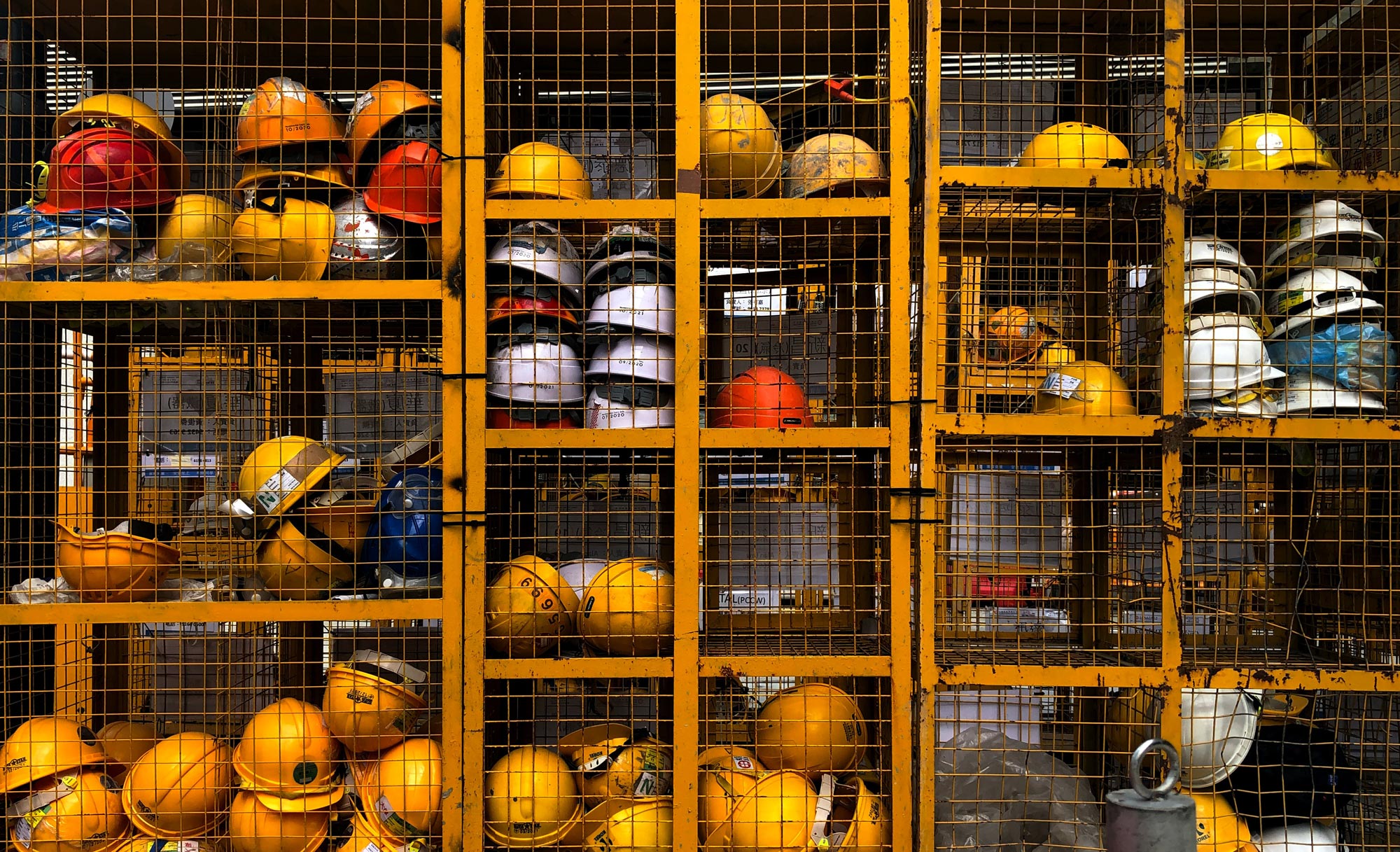According to the CDC, there were just over 888k non-fatal injuries in workplaces in the USA in 2019 that resulted in time of work for the staff member. 27% of these were related to slips, trips, and falls, whilst nearly 230k incidents were related to contact with objects and equipment. In most of these cases, the employer will have taken the necessary steps to ensure that the injured party can not issue litigation proceedings claiming them to be at fault. However, there are many scenarios where the member of staff may have legitimate grounds to bring a personal injury claim.
If you have recently started your business, or your company is expanding and taking on new staff, you may have concerns about whether you are correctly managing the risk associated to workplace injury. Personal injury claims can be highly detrimental from a financial point of view, but they also present a significant risk in terms of damaging your reputation. It’s up to you as the owner or manager of the business to ensure that you have taken all the necessary steps to safeguard your employees and adhere to health & safety legislation.
If the risk of workplace accident litigation is a concern for you, the following steps are recommended.
Ensure you are compliant with health & safety legislation in your state or country
In the USA, for example, employers must adhere OSHA standards, whilst other countries will have different laws to protect employee safety at work. Ensure that your company is compliant with the regulations relevant to the locations of your premises and that your staff are briefed and trained on company health & safety policy.
Ensure you have public liability insurance in place
This might seem like an unnecessary additional expense for smaller companies but it’s an absolute essential. This insurance protects you personally, and your organisation, from claims involving injury to your staff or their property. Without this insurance in place, you could potentially face financial ruin should an injured party bring a successful claim against you.
Ensure you have taken the necessary steps to eradicate risk in the workplace
Given that slips, trips, and falls are among the most common types of injuries occurring in workplaces, you should ensure that you have taken all the necessary steps to prevent them. This includes ensuring that uneven or wet floors are managed and signposted correctly, the impact of weather conditions has been assessed and mitigated for all your business locations, good quality lighting and signage is available in all workspaces, and staff are aware of all potential hazards in their environment. More generally, regular safety inspections should be carried out to ensure that all potential hazards are documented, and staff are trained on dealing with them. “We often bring cases where the defendant has failed to either issue the correct training or properly documented hazards in the work environment, so it’s essential that businesses pay attention to these areas” says John McCarthy, a personal injury solicitor at McCarthy+Co.
Ensure you are consistent with your company’s safety checks
It’s not acceptable to check issues once per year. Regular safety and maintenance checks should be carried out on a monthly or even weekly basis. This is particularly important when it comes to areas such as fire drills and checking fire alarms. However, if your company deals with hazardous goods then regular checks on the handling and processing of those substances will be essential too. Again, be sure you are meeting the health & safety standards for your industry, according to the country your workplace locations are based in.
Ensure you install CCTV systems on your premises
This is particularly important in spaces where accidents are more likely to occur such as factory and processing units. If an accident occurs, you have video footage of it, and it is clearly the fault of misconduct by the employee, this will provide another layer or protection in terms of staff bringing expensive litigation proceedings against you.
Deliver high quality training for your team
Be sure to include health & safety training in the induction process for new employees and provide new staff members with a manual that they can refer to after the initial training. Provide regular health & safety sessions for permanent staff members, ensuring the team are fully briefed on any changes to the work environment or any new equipment that they are expected to use. Go above and beyond to document and train staff on any aspect of the work environment that presents a risk to their well-being.
In summary
Avoiding workplace personal injury claims requires diligence on the part of the owners and managers of the company. If you employ staff based in an office, factory, construction site, processing unit or any other environment where there are potential hazards, it is up to you to ensure that you have taken the necessary steps to train your staff on safety and that your operations are compliant with health and safety legislation relevant to where you operate. If you have any concerns about the possibility workplace accident litigation being brought against you, speak to a qualified personal injury lawyer for further advice.











